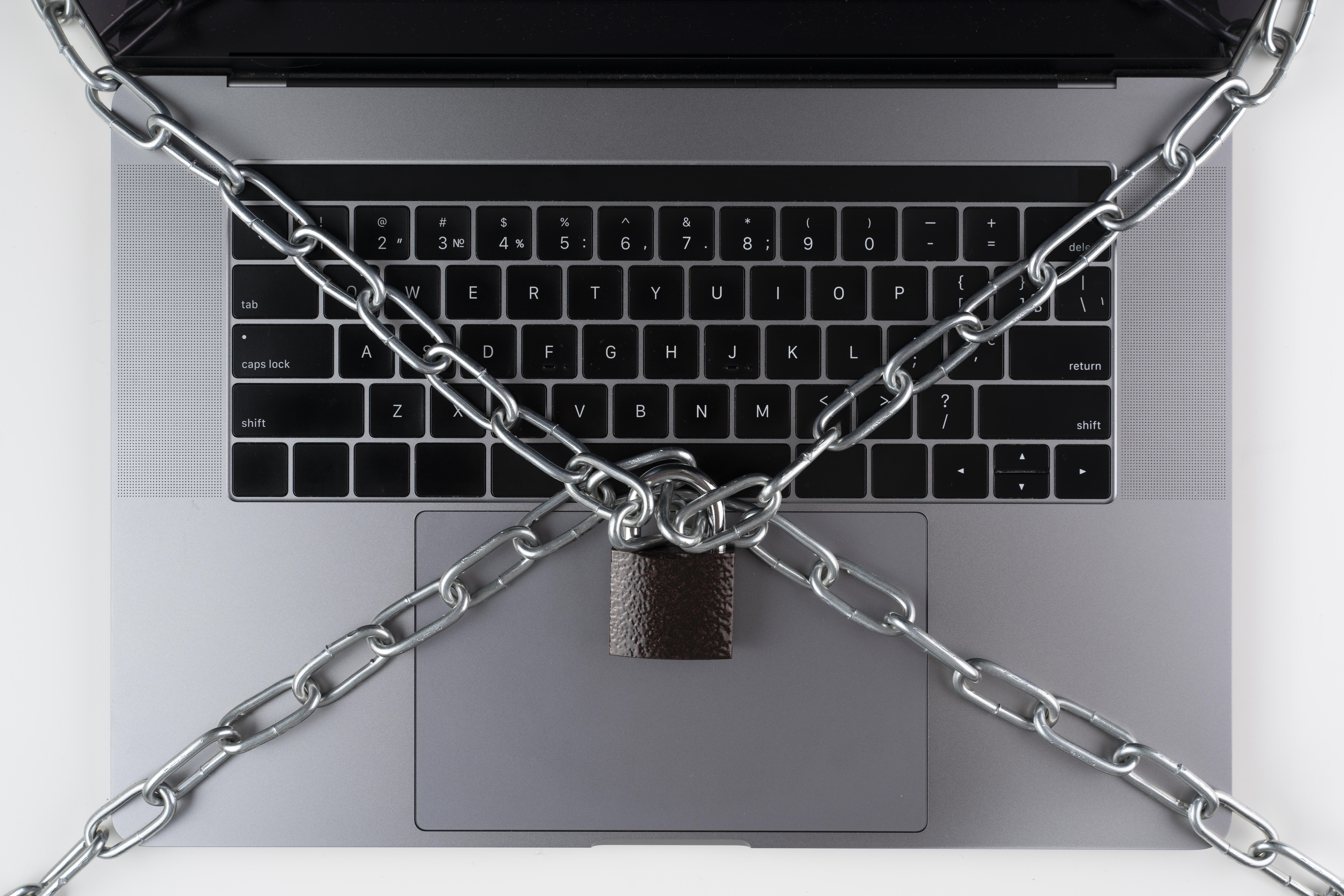The digital landscape has never been more dangerous for password security. In 2024 alone, over 8 billion data records were exposed in data breaches worldwide, marking a 40% increase from the previous year. As we enter 2025, the password security crisis has reached unprecedented levels, with cybercriminals employing increasingly sophisticated attack methods.
The Current Threat Landscape
Cybercriminals are no longer relying on simple brute force attacks. Today's threat actors employ a sophisticated arsenal of techniques that make traditional password security measures obsolete:
1. Credential Stuffing Attacks
With billions of compromised credentials available on the dark web, attackers use automated tools to test username and password combinations across multiple platforms. A single compromised account can lead to the takeover of dozens of other accounts.
2. AI-Powered Password Cracking
Artificial intelligence has revolutionized password cracking. Modern AI systems can analyze patterns in leaked passwords and generate highly targeted attack lists, making even complex passwords vulnerable to sophisticated guessing algorithms.
3. Social Engineering 2.0
Phishing attacks have become incredibly sophisticated, with AI-generated content that's virtually indistinguishable from legitimate communications. These attacks often target password reset mechanisms and two-factor authentication systems.
⚠️ Critical Alert
Recent research shows that 91% of data breaches involve compromised credentials, and the average time from initial compromise to detection is 287 days. This means your accounts could be compromised for nearly a year before you even know about it.
Why Traditional Password Security Fails
The fundamental problem with current password security isn't just weak passwords—it's the entire approach to authentication. Here's why traditional methods are failing:
Human Psychology vs. Security Requirements
Humans are naturally inclined to create passwords that are easy to remember, which directly conflicts with security requirements. Studies show that:
- 73% of people reuse passwords across multiple accounts
- 59% use personal information in passwords (birthdays, names, pets)
- Only 35% use different passwords for different accounts
- Average password length is just 8 characters
The Complexity Paradox
While complex password requirements seem like a good idea, they often backfire. Users forced to create complex passwords tend to:
- Write them down on sticky notes
- Use predictable patterns (Password123!)
- Reuse the same complex password everywhere
- Forget passwords and rely on "forgot password" features
Emerging Threats in 2025
Quantum Computing Threat
While still in development, quantum computing poses a significant future threat to current encryption standards. Organizations are already preparing for "quantum-resistant" cryptography, but individual password security remains vulnerable.
Biometric Data Breaches
As biometric authentication becomes more common, biometric data breaches are increasing. Unlike passwords, biometric data cannot be changed once compromised, making these breaches particularly concerning.
Supply Chain Attacks
Attackers are increasingly targeting software supply chains, compromising legitimate applications and services to steal credentials. This makes even trusted applications potential security risks.
What You Can Do Right Now
While the threat landscape is daunting, there are concrete steps you can take to significantly improve your password security:
1. Use a Password Manager
Password managers are the single most effective tool for improving password security. They allow you to:
- Generate unique, complex passwords for each account
- Store passwords securely with encryption
- Automatically fill passwords across devices
- Monitor for compromised passwords
2. Enable Two-Factor Authentication (2FA)
2FA adds an extra layer of security by requiring a second form of verification. Use authenticator apps instead of SMS when possible, as SMS-based 2FA is vulnerable to SIM swapping attacks.
3. Regular Security Audits
Conduct regular audits of your accounts:
- Check for compromised passwords using HaveIBeenPwned
- Review account activity logs
- Remove unused accounts
- Update recovery information
4. Adopt Passphrases
Passphrases (long, memorable phrases) are often more secure and easier to remember than complex passwords. For example: "Coffee@Sunset#Mountain2025!" is both memorable and highly secure.
💡 Pro Tip
Use our free password generator to create cryptographically secure passwords and passphrases. All generation happens in your browser, ensuring your passwords never leave your device.
The Future of Authentication
While passwords aren't going away anytime soon, the future of authentication is moving toward passwordless solutions:
WebAuthn and FIDO2
These standards enable passwordless authentication using biometrics, hardware keys, and other secure methods. Major platforms are already implementing these technologies.
Zero Trust Architecture
Organizations are adopting zero trust principles, where every access attempt is verified regardless of location or device. This approach significantly reduces the impact of compromised credentials.
Conclusion
The 2025 password security crisis is real and immediate. With billions of compromised credentials in circulation and increasingly sophisticated attack methods, traditional password security approaches are no longer sufficient.
However, by adopting modern security practices—including password managers, two-factor authentication, and regular security audits—you can significantly reduce your risk of falling victim to these attacks.
Remember: in the current threat landscape, password security isn't just about creating strong passwords; it's about creating a comprehensive security strategy that adapts to evolving threats.
The time to act is now. Don't wait until you become a statistic in the next major data breach report.
